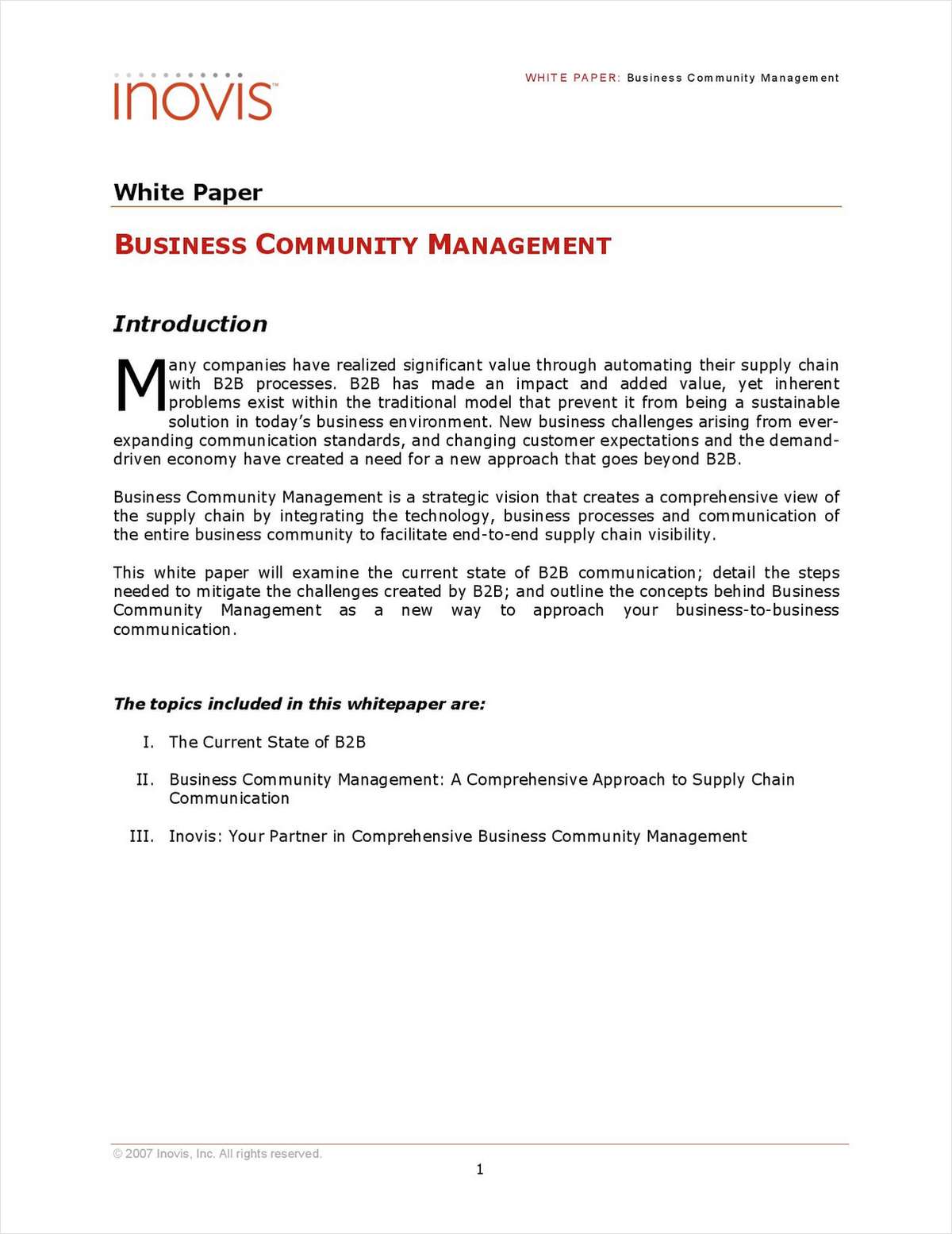Collaborative Innovation Models Among B2B Enterprises

Collaborative Innovation Models Among B2B Enterprises
In the fast-paced world of B2B, innovation isn’t just about individual brilliance-it’s increasingly a collective effort. The complexity of modern challenges and the speed of technological change have pushed businesses to rethink how they innovate. Instead of working in isolation, B2B enterprises are embracing collaborative innovation models, where partnerships and shared creativity become the driving forces behind new products, services, and solutions. This shift is transforming how companies operate, enabling them to tap into diverse expertise, reduce risks, and accelerate time-to-market.
At its core, collaborative innovation involves bringing together different organizations-whether suppliers, customers, research institutions, or even competitors-to co-create value. These models break down traditional silos and encourage an open exchange of ideas. This openness fosters creativity that would be difficult to achieve alone, as each participant contributes unique perspectives and capabilities. When companies unite around a shared goal, the sum truly becomes greater than the parts.
One of the most compelling reasons B2B enterprises turn to collaboration is the increasing complexity of their markets. Rapid technological advances, shifting customer needs, and regulatory changes demand agility and fresh thinking. No single company has all the answers, and by pooling resources and knowledge, businesses can explore new territories with greater confidence. Collaborative innovation enables them to experiment, test hypotheses, and learn quickly without bearing the full burden of investment or risk.
The methods of collaboration vary widely depending on the industry and the participants involved. Some companies form innovation hubs or joint ventures dedicated solely to research and development, while others use digital platforms to crowdsource ideas or connect with startups. Strategic partnerships with universities or technology firms are common, helping B2B enterprises stay on the cutting edge of emerging trends. Regardless of the form, the common thread is a commitment to working together, sharing insights, and aligning on objectives.
Trust plays a vital role in the success of collaborative innovation. When businesses decide to innovate collectively, they must navigate intellectual property concerns, align on confidentiality, and establish clear communication channels. Building this trust takes time but pays off with stronger partnerships and smoother collaboration. Open dialogue about challenges, progress, and expectations keeps projects on track and reinforces mutual commitment.
Another benefit of collaborative innovation is the ability to better understand and serve customers. When clients become part of the innovation process, their feedback and needs directly shape outcomes. This customer-centric approach leads to solutions that are more relevant, effective, and quicker to adopt. It creates a virtuous cycle where innovation and customer satisfaction feed into each other, driving long-term growth.
In today’s competitive B2B environment, companies that cling to old models of isolated innovation risk falling behind. Collaborative innovation isn’t just a buzzword-it’s a strategic imperative that fosters resilience, speed, and relevance. It allows businesses to harness collective intelligence, reduce costs, and bring fresh ideas to life in a way that benefits all participants.
Ultimately, collaboration in innovation is about mindset as much as process. It requires openness, humility, and a genuine willingness to share both successes and setbacks. Those companies that embrace this spirit will be the ones shaping the future of their industries, proving that when enterprises innovate together, they can achieve extraordinary results.





















